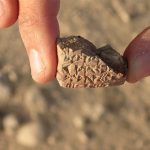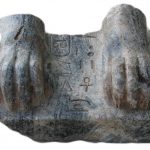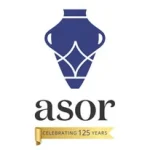
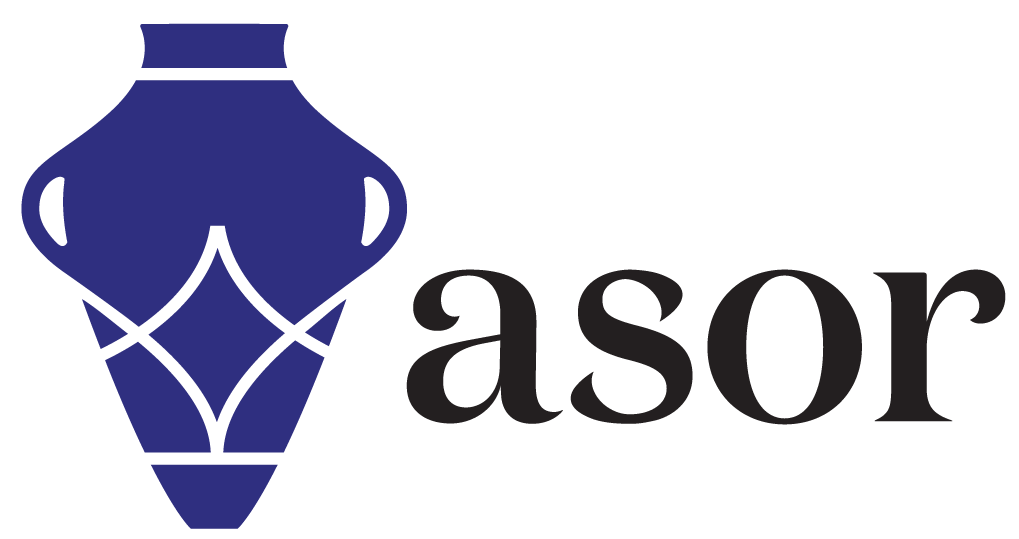
Stevan B. Dana Fieldwork Participation Scholarships
ASOR plans to award nine Dana Fieldwork Participation Scholarships of $2,000 each during 2025.
ASOR’s Stevan B. Dana Scholarships support participation in excavations at the site of Hazor and other excavations in Israel. Six scholarships are designated individuals to participate in excavations at Hazor: we currently anticipate three for the excavations in the Lower City directed by Dr. Shlomit Bechar and three for the Selz Foundation Hazor Excavations in Memory of Yigael Yadin. The remaining scholarships are designated for digs in Israel. If no excavation take place at Hazor in 2025, all of the anticipated eight scholarships will go to participants at other digs in Israel. Applicants who wish to receive one of the scholarships reserved for Hazor must also apply directly for participation in either of the Hazor excavations. The Hazor directors will make the final selections for the Dana Scholarships designated for Hazor, and the directors will notify ASOR.
Applicants must apply for participation with the individual project and for the scholarship (see below).
Applicants need not be ASOR members to apply for a Dana Scholarship, but the successful applicants will need to join ASOR before funds can be awarded.
Project application information for the excavations in the Lower City directed by Dr. Shlomit Bechar can be found here.
Project application information for the Selz Foundation Hazor Excavations in Memory of Yigael Yadin can be found here.
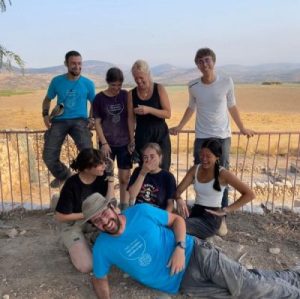
Hazor, the largest biblical-era site in Israel, covered in the second millennium BCE an area of some 200 acres. The Canaanite city consisted of both an Upper and a Lower city, and its population is estimated to have been about 10,000-15,000 people. Its strategic location, controlling one of the major routes between Egypt and Syria and Mesopotamia, contributed to it being the largest city in the entire region.
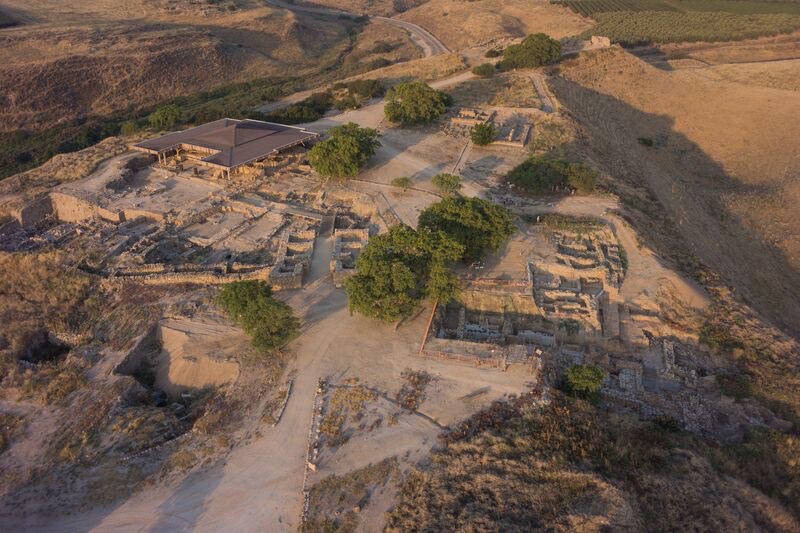
The destruction of Canaanite Hazor, referred to it as the ‘head of all those kingdoms’ (Joshua 11:10), is described as part of the Israelite conquest of Canaan. The Israelite rebuilding and fortification of the city is attributed to King Solomon (1Kings 9:15), following which the city developed as a major administrative center of the northern kingdom of Israel in the 9th and the 8th centuries BCE. The Israelite city was eventually destroyed by the Assyrian king Tiglath-Pileser III (2 Kings 15:29), never to regain its former status and wealth. Hazor was excavated in the 1950s and 60s by a team from the Hebrew University, led by Prof. Yigael Yadin. Excavations at Hazor were renewed in 1990 (named the Selz Foundation Hazor Excavations in Memory of Yigael Yadin) by Prof. Amnon Ben-Tor and continue to the present day. Extensive architectural remains were uncovered at Hazor during the last 30 seasons of excavations. These include Israelite fortifications, administrative and domestic buildings, and impressive Canaanite palatial structures and temples. A wealth of small finds, including several cuneiform tablets, statues and figurines, jewellery and weapons were also found.
Eligibility
Successful applicants for the Dana Scholarships must join ASOR or be enrolled as students at an ASOR-member school (see list of Institutional Members) for funds to be distributed. Membership is not required at the time of application for the Dana Scholarships only. Applicants from underrepresented groups may request a membership waiver in order to apply. Applicants are encouraged to use the Uniform Fieldwork Scholarships Application to apply for all of the named and unnamed Fieldwork Participation Scholarships. Some of the named grants are designated for particular excavations (e.g., Hazor or Tell el-Hesi), for particular groups (e.g., BIPOC and veterans), and for particular countries (e.g., Israel or Jordan). Please check the appropriate boxes on the Uniform Application so that you can be considered for as many different scholarships sources as possible. In order to be eligible, applicants are required to participate in an ASOR-affiliated excavation (see list).
Upon completion of the field season, a report of 250-350 words and three appropriate photos (500 dpi resolution or higher) on site must be submitted to the ASOR office by September 1, 2025. This report will also be shared with the Hazor staff for inclusion on the project website. Scholarship recipients also agree to send several thank you letters to the primary donor (Stevan B. Dana). Reports and photos should be sent via email, with “Dana scholarship report” in the subject line. More information will be available after the recipients have been notified.
Scholarship recipients will be required to sign a waiver indicating that ASOR is not responsible for any injuries they might sustain during their time at the excavation in which they participate. They will also be required to sign a release of rights to ASOR for the inclusion of their report and photographs in one of ASOR’s publications. This award may only be used for allowable direct expenses. Indirect and/or overhead expenses are not permitted.
COVID disclaimer: If the ongoing COVID pandemic, or any other reason, does not allow for some or many archaeological excavations to take place during 2025, ASOR may at its sole discretion decide not to offer fieldwork scholarships. If ASOR deems such a decision as necessary, applicants may reapply for non-fieldwork summer stipends if ASOR offers stipends for 2025. Regrettably, applicants and successful applicants may not postpone fieldwork scholarships to another year if the applicant or ASOR decides that fieldwork scholarships will not be awarded in 2025. If the pandemic or any other reason causes a cancellation of fieldwork in 2025, applicants must reapply for funding in 2026 (or for stipends if they are made available in 2025).
Previous Recipients: $68,000 awarded
2025: $24,000 awarded
- Juan Camilo Bonilla Hurtado, Universidad Francisco de Vitoria
- Erika Brown, Lipscomb University
- Claire Edmondson, Lipscomb University
- Saul Freeman, Millar College
- Natasha Hieber, Millar College
- Amber Holt, Lipscomb University
- JinRi Kim, Perkins School of Theology
- Cameron Munn, University of Georgia
- Amiella Musser, Dickinson College
- Jose Nunez Lopez, Universidad Complutense de Madrid
- Elizama Pereira Rezende, Universidad Complutense de Madrid
- John Calvin Thiessen, Millar College
2024: $4,000 awarded
- Gabbi Graber, Jerusalem University College
- Bruno Soltic, Lipscomb University
2023: $18,000 awarded
- Jack Farquhar, University of Regina
- Taylor Grueser, Ohio University
- Sarah Harrington, University of California, Los Angeles
- Amandiane Henrion, Ecole du Louvre
- Hania Kantzer, University of North Carolina at Chapel Hill
- Camille Koerin, University of Strasbourg
- Isaac Lang, Florida State University
- Daphné Lemaître, Ecole du Louvre
- John Rinks
2022: $22,000 awarded
- Pauline Allaire, Université Paul Valery Montpellier
- Andrew Bock, University of California, Los Angeles
- Erin Brantmayer, University of Texas, Austin
- Marta Estero, University Francisco de Vitoria
- Emily Fehr, Suffolk County Community College
- Marta Fernandez, University Francisco de Vitoria
- Cayden Griffith, Austin College
- Cayetana Johnson, San Damaso University
- Theo Kassebaum, University of North Carolina, Chapel Hill
- Benedict Lhoyer, Ecole du Louvre
- Tara Woodward, Princeton Theological Seminary
